Introduction
In industries such as mining, cement production, and power generation, equipment is constantly exposed to extreme wear conditions. Abrasion, impact, and mechanical stress lead to deterioration, increased maintenance costs, and downtime. Densit wear protection solutions provide a high-performance alternative to traditional materials, significantly extending the life of industrial equipment and reducing operational costs.
This article explores the benefits of Densit wear-resistant solutions, their best applications, and the specific models available for various industrial needs.
1. Understanding Wear in Industrial Equipment
Industrial equipment is subject to different types of wear, including:
- Abrasive wear: Caused by particles or materials rubbing against surfaces, leading to gradual erosion.
- Impact wear: Occurs when heavy materials strike surfaces, causing deformation and fractures.
- Erosive wear: Results from high-velocity particles striking surfaces and gradually removing material layers.
- Corrosive wear: Happens when chemical reactions weaken and degrade the material over time.
Densit wear protection products are designed to mitigate these forms of wear, ensuring equipment lasts longer and performs efficiently.
2. How Densit Protects Industrial Equipment
Densit products provide advanced wear protection using high-performance composite materials that are superior to conventional steel or concrete. Here’s how they enhance equipment longevity:
A. High Abrasion Resistance
Densit’s wear-resistant solutions are composed of high-strength ceramic particles and specialized binders, forming an extremely durable protective layer. This significantly reduces material loss due to friction and particle impact.
B. Impact Absorption
In industries where heavy materials are frequently moved, impact-resistant linings made from Densit materials prevent fractures and surface damage, reducing maintenance and repair frequency.
C. Corrosion Protection
Densit materials are highly resistant to chemical reactions, making them ideal for environments exposed to acidic, alkaline, or moisture-laden conditions.
D. Temperature Resistance
Many industrial processes involve high temperatures that degrade conventional materials. Densit’s advanced formulations maintain structural integrity even under extreme heat, making them suitable for furnaces, kilns, and combustion systems.
3. Key Densit Models and Their Applications
Densit offers various models tailored to different industrial applications:
- Densit WearFlex – Flexible and wear-resistant lining for chutes, hoppers, and pipes.
- Densit WearCast 2000 – High-performance castable wear protection for extreme conditions.
- Densit WearSpray – Sprayable wear-resistant solution for complex geometries.
- Densit Power 1000 – Designed for power plants, offering high impact and abrasion resistance.
- Densit Ducorit – Structural grout used in offshore wind turbines and heavy industrial equipment.
- Densit WearFlex HT – High-temperature variant for applications exposed to extreme heat.
4. Industries Benefiting from Densit Wear Protection
Several industries rely on Densit to enhance the durability and efficiency of their equipment:
A. Mining Industry
- Protects chutes, hoppers, and conveyor belts from heavy material impact and abrasion.
- Extends the life of crusher linings and mill internals, reducing downtime.
B. Cement Production
- Prevents wear in cyclones, separators, and silos, ensuring consistent material flow.
- Protects rotary kilns and clinker coolers from heat and mechanical stress.
C. Power Plants
- Provides wear protection in coal mills, pipework, and ash handling systems.
- Extends the lifespan of boiler linings and exhaust ducts.
D. Steel & Foundry Industry
- Protects blast furnaces, ladles, and refractory linings from extreme temperatures and mechanical wear.
- Enhances transport systems used for molten metal handling.
5. Cost Savings and Efficiency Improvements
Implementing Densit wear protection solutions leads to significant cost savings by:
- Reducing maintenance and repair costs – Longer-lasting equipment means fewer shutdowns and lower repair expenses.
- Minimizing downtime – Less frequent repairs lead to increased productivity and operational efficiency.
- Lowering material replacement costs – Durable protection layers prevent costly equipment replacements.
- Enhancing energy efficiency – Smooth, wear-resistant surfaces improve material flow, reducing energy consumption.
6. How to Apply Densit Wear Protection Solutions
Applying Densit wear protection involves the following steps:
- Surface Preparation – Cleaning and roughening surfaces to ensure proper adhesion.
- Material Mixing – Preparing the Densit composite according to manufacturer guidelines.
- Application – Applying the protective layer using casting, troweling, or spraying techniques.
- Curing & Finishing – Allowing sufficient curing time for maximum durability before resuming operations.
Conclusion
Densit wear protection solutions provide industries with a reliable, high-performance method to extend the life of critical equipment, reduce maintenance costs, and improve operational efficiency. With superior abrasion, impact, and corrosion resistance, these advanced materials ensure long-term reliability in demanding industrial environments.
For businesses looking to maximize equipment lifespan and performance, Densit offers a proven solution that outperforms traditional wear protection methods.

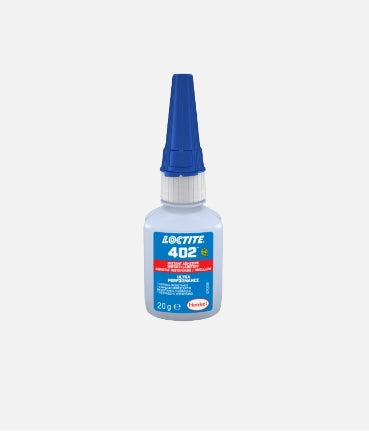
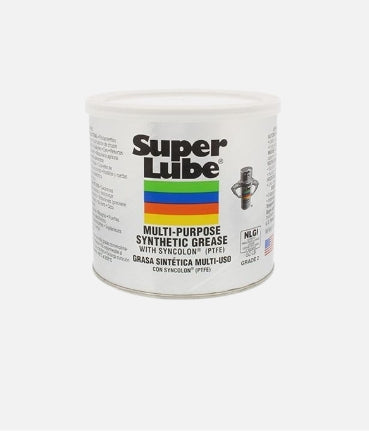
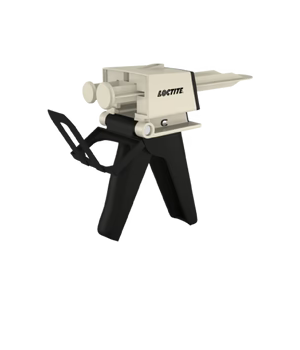
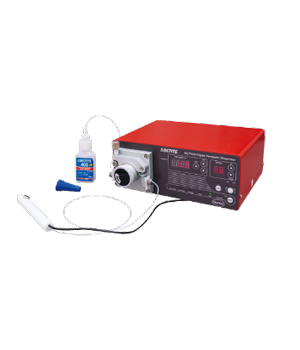

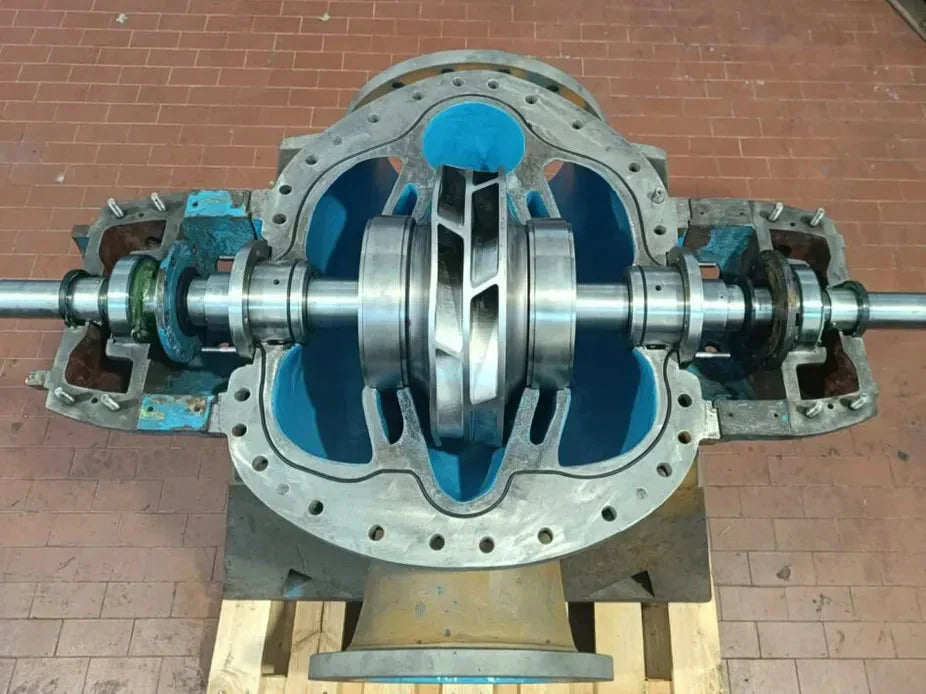
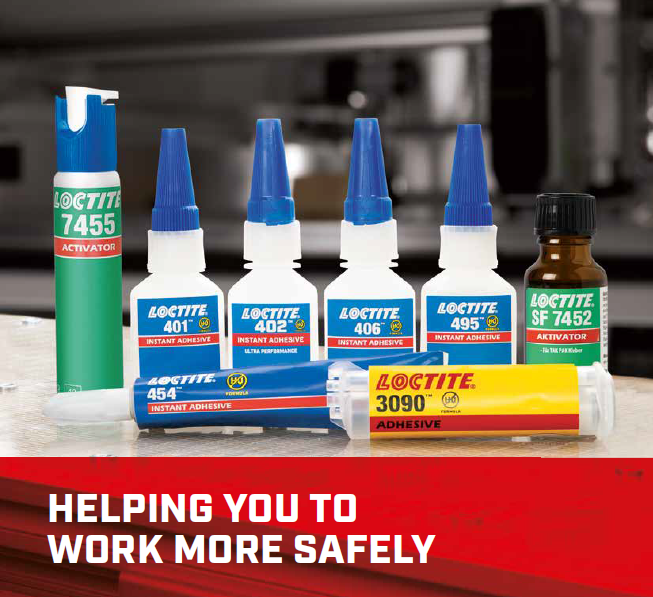
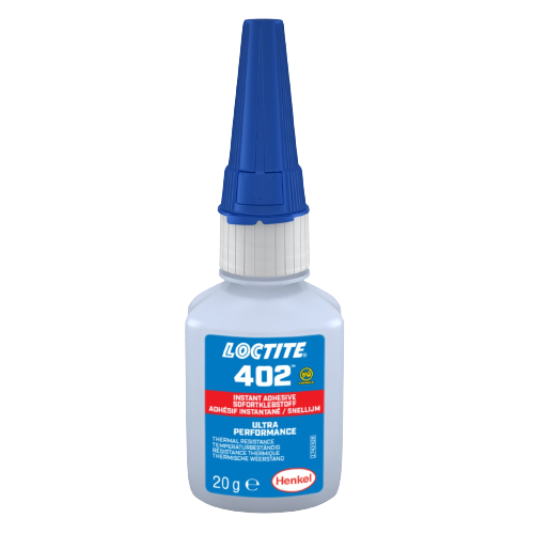
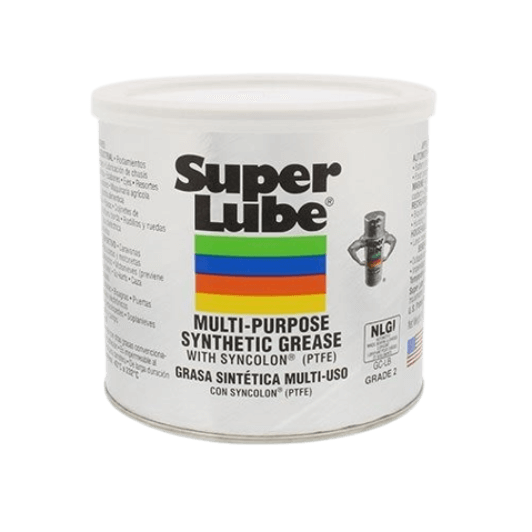
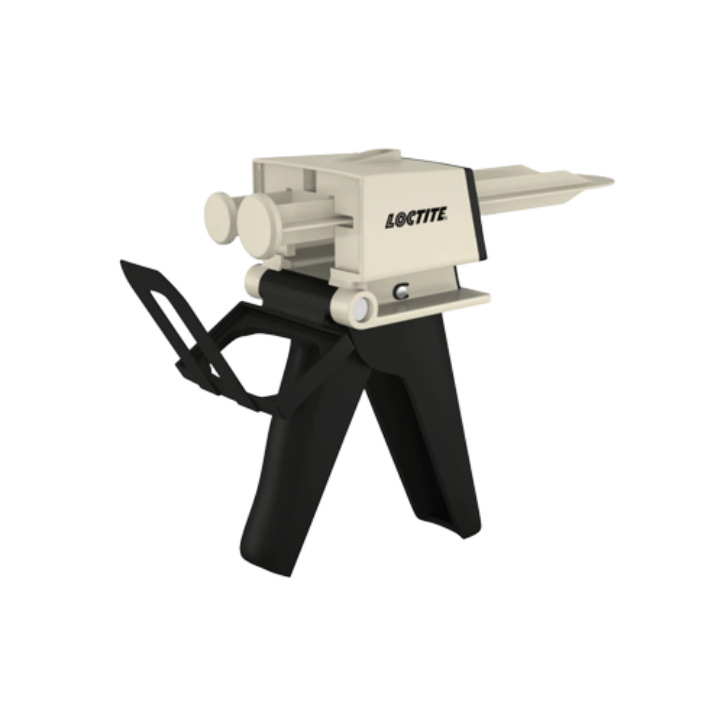
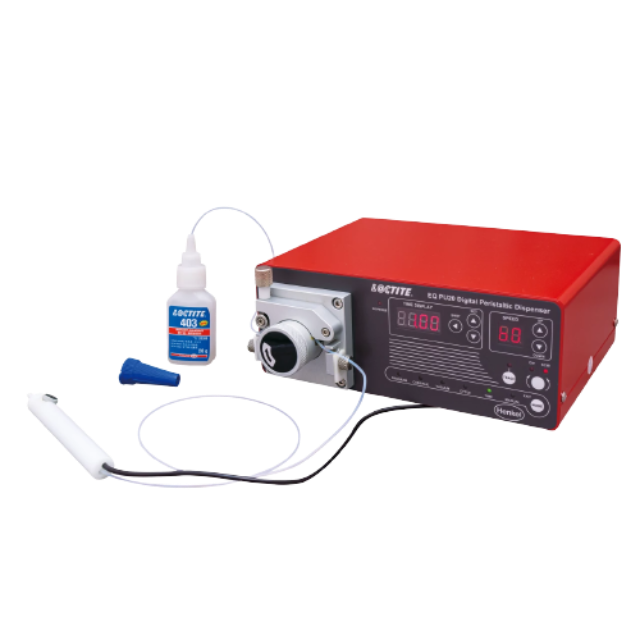
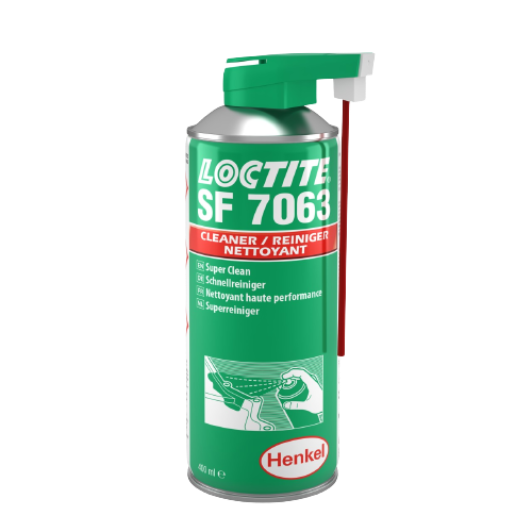
Leave a comment
All comments are moderated before being published.
Situs ini dilindungi oleh reCAPTCHA dan berlaku Kebijakan Privasi dan Persyaratan Layanan Google.